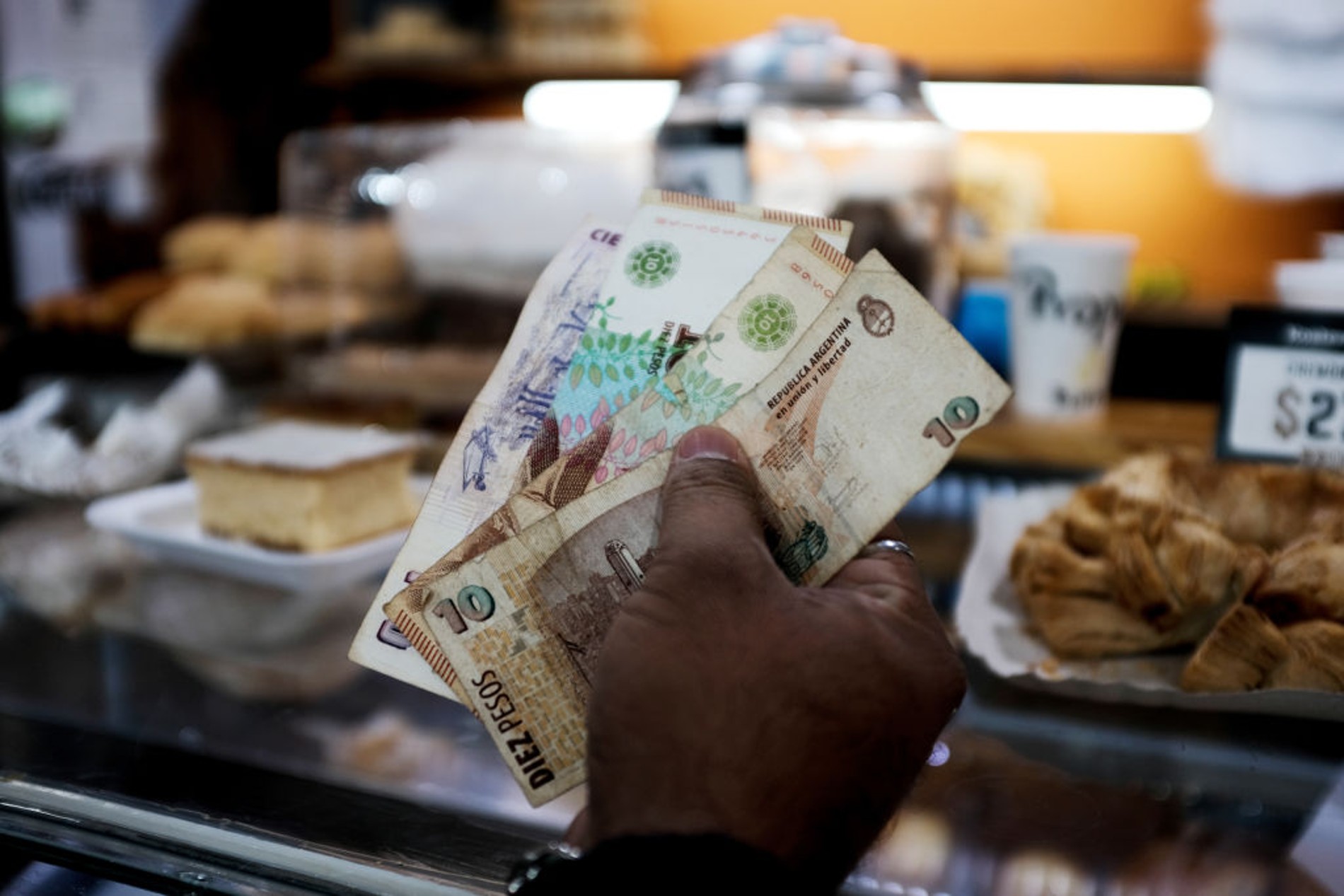What are the most competitive countries in Latin America?
0:50
(CNN Spanish) --
The economic cost of the war, which was unleashed when the wounds of the pandemic were still raw, is especially hard for emerging and developing economies, according to the International Monetary Fund, which anticipates a bleak outlook for Latin America.
In 2021, the Latin American and Caribbean region grew above the world average: 6.8% versus 6.1% overall, according to the IMF's April Economic Outlook data.
However, for this 2022 the expected trend is the reverse.
Growth of 3.6% is anticipated globally—a revised downward trend from January to April—and 2.5% in Latin America, below all other regions of the world without exception.
These figures are also maintained in 2023.
Here, a look at GDP growth in the main economies of the region, which shows the high cost of the pandemic for the region that registered strong economic contractions, bordering on double digits in cases such as Argentina.
The IMF expects that the effects of the war in emerging and developing economies will be "much greater" than in advanced economies, due to factors such as lower political support, which would lead to results "below the pre-pandemic trend" in the next years.
In fact, as explained by the economic adviser and director of the IMF's Research Department, Pierre-Olivier Gourinchas, "the pandemic had already reduced the room for maneuver of policies in many countries" and "the withdrawal of fiscal support is projected to continue exceptional".
advertising
"Scaling commodity prices and rising global interest rates will further reduce fiscal space, especially in oil- and food-importing emerging market and developing economies," it says.
(The fuel shortage, in fact, is already visible in Argentina. First it affected taxis and now trucks, which can affect the economy since they transport 90% of commercial production)
The scourge of inflation
Inflation is one of the great economic scourges of the region, mainly in Argentina, where it advances to 58% year-on-year according to official data for the month of April.
In fact, the Southern Cone country accumulates higher inflation than Venezuela in the first four months of the year and is heading to have the worst in Latin America.
Coffee has been the product that increased the most between April 2021 and 2022 in Argentina, according to an analysis by the Chequeado website.
Other of the most expensive inputs are eggs, wine, flour and some fruits and vegetables.
Currently in a very distant second place among the five largest economies is Brazil, followed by Chile, Colombia and Mexico.
In Chile, in fact, current annual inflation is the highest recorded since 1994. Food is the category in which Chileans are feeling the blow the most.
Inflation will also take a bigger toll on emerging and developing economies than advanced ones.
By 2022, it is projected to be 5.7% in advanced economies and 8.7% in emerging and developing ones.
This April forecast represents an increase of 1.8 and 2.8 percentage points compared to January.
The rise in prices must be understood within the framework of a region where there are 267 million people in a condition of food insecurity out of a total of 650 million, according to figures from the United Nations Food and Agriculture Organization.
Of that figure, there are about 60 million who are directly hungry, that is, they do not consume the minimum necessary food, and there are 93 million in serious food insecurity, with health risks due to problems in the quantity or quality of food. .
Unemployment in double digits
Unemployment, except in Mexico, is another indicator that shows the complicated economic situation that Latin America is going through.
In Brazil, the largest economy in the region, and in Colombia it has been above 10% for four years.
In Argentina, although it had its peak of more than 11% in 2020, if we take the 2019-2022 reference, it has always been on the verge of double digits.
In addition, the recently defined increases in wages fail to alleviate the effects of inflation.
Chile seems to be the country with the best results in terms of employment according to the primary analysis, but its figures are far from those of the most advanced economies.
How competitive are the largest economies in Latin America?
Chile is also the most competitive country in the region, according to the World Competitiveness yearbook of the IMD business school.
It is followed by Peru, which is not in the ranking of the largest economies, followed by Mexico, Colombia and Brazil in that order.
Argentina and Venezuela, meanwhile, are among the worst rated.



/cloudfront-eu-central-1.images.arcpublishing.com/prisa/NYBERFPPHVEJVER4FIRIEAGGX4.jpg)

/cloudfront-eu-central-1.images.arcpublishing.com/prisa/AWQDFA55JRFZ7EFY4XGGS3VAVQ.jpeg)



